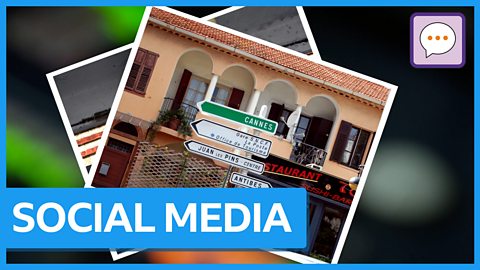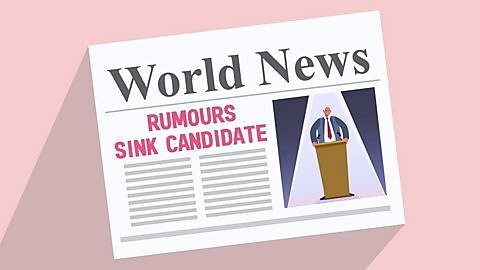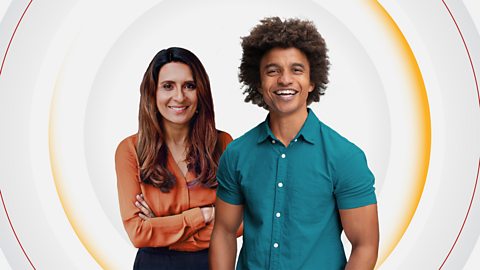Who decides what news we see online? What role does social media play in spreading fake news? And what happens when âtrustedâ news sources share fake stories?
All these questions and more are covered in the videos below from ±«Óătv My World.
is a brand new programme for teenagers who want to know about the issues shaping our world.
Who controls the news?
Now more than ever, the news is non-stop and it can seem like weâre always being bombarded with headlines and stories through our phones, laptops and TVs.
But where does it come from? In this clip, presenter Radzi Chinyanganya explains how the news is often controlled and targeted to specific people, often with a motive of trying to get you to think a certain way. However, journalists aim to cut through this noise and deliver the facts without bias.
What about social media?
This clip looks at fake news on social media, and how you can help stop it spreading by knowing what to look out for.
Has the story been reported anywhere else? Have you heard of the organisation reporting the story? If there are any images or videos with the story that donât look right, it could be fake news.
How do journalists earn our trust?
Trust is incredibly important to journalists â without it, we wouldnât believe the news they report.
This clip looks at what happens when journalists and news organisations make mistakes and what they do to correct it.
Where next?
Be social media smart: Is seeing believing?
±«Óătv newsreader Tina Daheley looks at how to check what can and canât be believed.

±«Óătv Teach: Fake news resources for teachers
Explore the collection of classroom resources that can be used to support teaching around the topic of fake news.

A programme for teenagers who want to know the key stories and issues shaping our world.

Fact or Fake?
Find out how to spot and stop fake news with ±«Óătv Bitesize.
